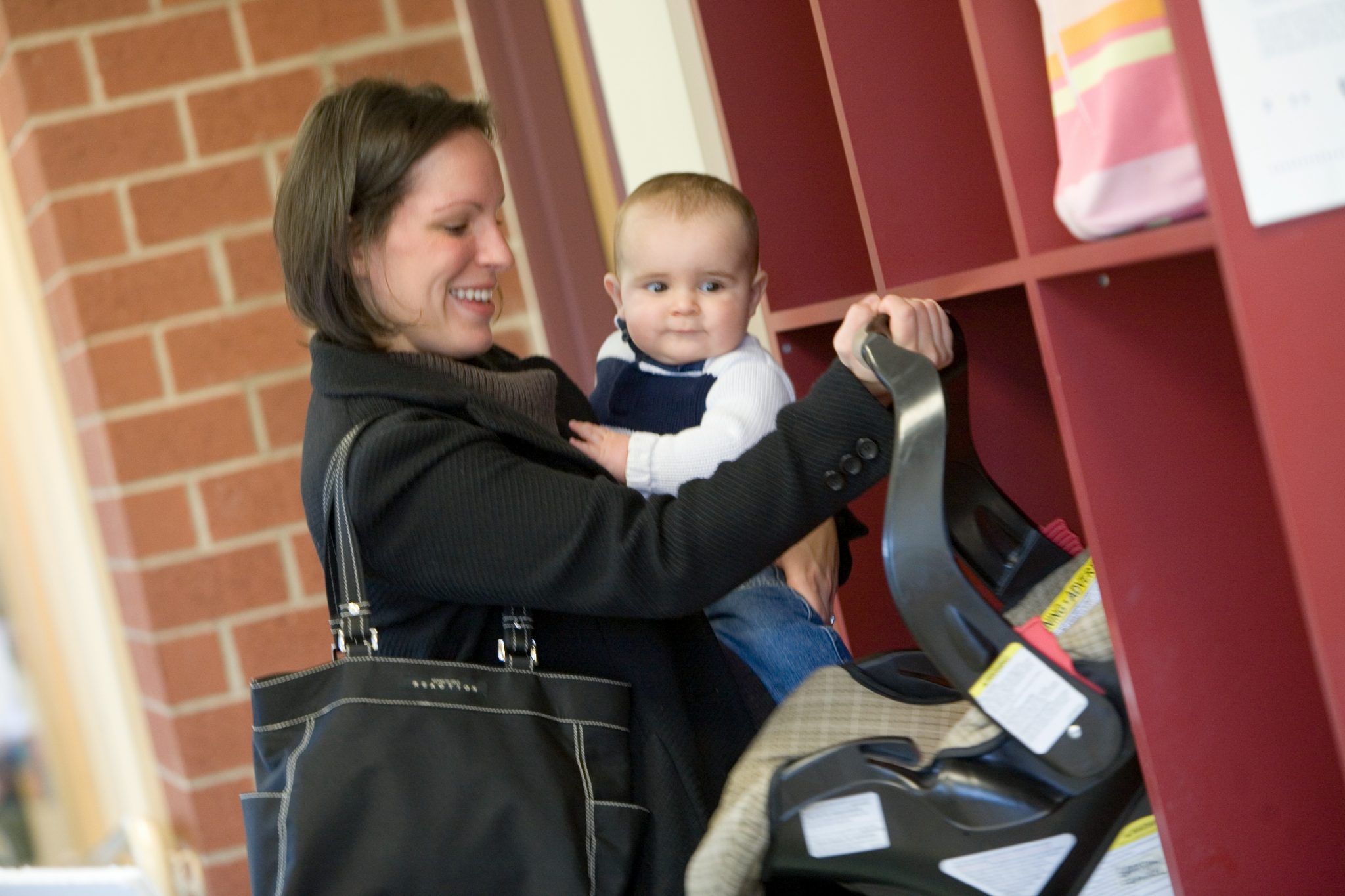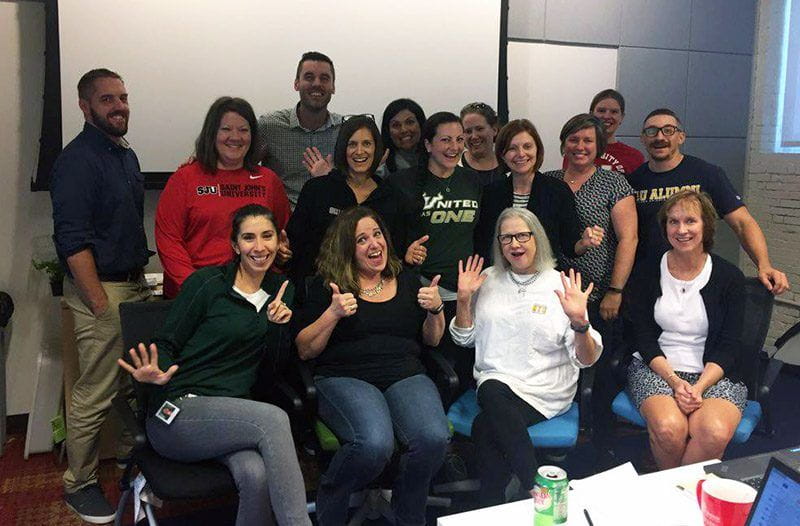The COVID-19 crisis has been a story about a lot of things, not the least of which is adaptation – employees adapting to working at home; parents adapting to schools being closed; everyone adapting to the new ways we shop, connect with people, and even go outside.
For us, adaptation has meant figuring out how to pivot to provide important services -- child care and education -- in new ways, and at all the critical junctures our clients and their people need to have it.
What that’s meant for us and the families we serve:
Child Care Hubs: Ensuring that responders have child care led us to create hub centers for healthcare and other essential workers. In addition, First Responders First centers – created in partnership with Thrive Global, CAA, and the Harvard School of Public Health – were established in centralized areas near hospitals to provide child care to many of these responders free of charge. Check back in the days to come for stories from the people using those centers.
Back-up care: In addition to centers, many clients have requested child care for employees in their homes. Our existing network of caregivers supplemented by some of our teachers has helped us keep pace, providing thousands of days of care, and getting new clients up and running in short order.
Early education: For families who find themselves home with young children, our education team has created the Bright Horizons World at Home program with activities straight from our centers to families’ living rooms.
Student loans: Provisions under the federal government’s CARES act – specifically those that allow for employers to make limited tax-free payments toward employees’ loans until early next year -- have created a lot of questions. Check back here next week as our own Kelly Russell explores the subject in more detail.
Support for teenaged learners: Families with high schoolers could never have planned for a pause in education at such a pivotal moment. Our College Coach advisors have been blogging as well as providing media commentary on what this moment means to admissions. Look here for a detailed Q&A with College Coach Vice President Elizabeth Heaton about how to keep high schoolers on track during the shutdown. We’ll continue to feature information on what the shutdown will mean for college admissions.
The pivots are what one of our clients called our “out of the box” options and “just in case” scenarios. “When our child care centers closed and we knew we had to rely on back-up care,” wrote National Institutes of Health’s Tonya S. Lee, M.S. WLCP recently, “we knew our families were in good hands.”
Thank you, Tonya. Our gratitude to you and your colleagues for your hard work. For us at Bright Horizons, these are the moments when we get to live up to our promise to support our clients and the communities in which we live and work.
To all of our clients and friends doing their important jobs caring for patients and customers, thank you for being there for the people who need you.
You can count on us to be there for you, continuing to adapt, as the story continues to unfold.





